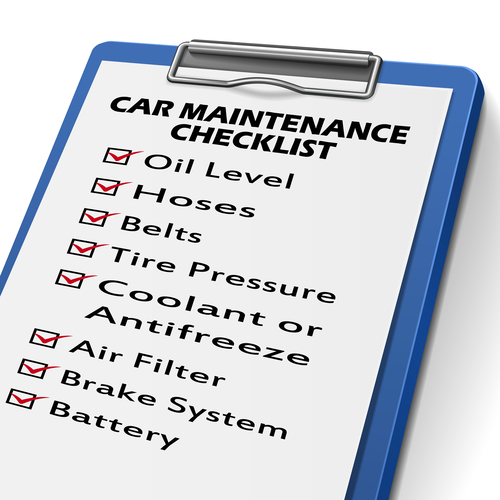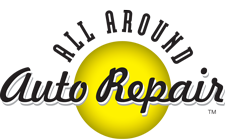Whether the car you drive is brand new or a decade old, the right maintenance can help it run longer and more reliably. All vehicles need regular car maintenance to run their best and avoid problems, and having your vehicle thoroughly inspected by a qualified mechanic is one of the best ways to avoid breakdowns and dangerous situations.
 Even if you are required to have your vehicle inspected, that may not be enough to ensure trouble-free operation. Those legally mandated inspections are primarily about safety, and your mechanic may not check things like the condition of the engine oil or the level of coolant in the radiator.
Even if you are required to have your vehicle inspected, that may not be enough to ensure trouble-free operation. Those legally mandated inspections are primarily about safety, and your mechanic may not check things like the condition of the engine oil or the level of coolant in the radiator.
That is why it is so important to have the car you drive checked out at least once a year, and not just at the annual inspection. Here are a few critical things that should be checked at least once a year.
The condition of the engine oil
Hopefully you are checking your oil level at least once a month, but it is also important to look at the oil itself. Dissolved particles in the oil or a burnt smell could be early warning signs of engine damage.
The transmission fluid
The color and smell of the transmission fluid should be checked at least once a year. If the fluid is brown or black, the transmission could be in need of repair. A failing transmission could also cause the transmission fluid to smell burnt.
Wear and tear on tires
Your mechanic will check the depth of the tire tread during the annual safety inspection, but it is just as important to see how the tires are wearing. All four tires should show even wear —uneven wear could mean you need a front-end alignment.
The wiper blades
It is easy to overlook seemingly simple things like the wiper blades, but these vital pieces of equipment should be inspected at least once a year. Worn wiper blades will not clean your windshield as well as they should, and that could reduce your visibility in ice and snow.
The aim of the headlights
Over time the headlights can get out of sync and cause problems with nighttime visibility. Your mechanic will make sure your headlights are working during the annual safety inspection, but it is just as important to test their aim and make any unnecessary adjustments.
Belts and hoses
The failure of a belt or hose could leave you stranded by the side of the road. Your annual inspection should include a thorough check off all belts and hoses, and any that look questionable should be replaced tight away.
Coolant level and condition
You might not give much thought to your antifreeze, but it has a vital role to play. Have your mechanic look at the coolant and assess its condition. The presence of metal flakes or a discolored appearance could mean problems with your radiator.
Battery age and condition
All batteries have a shelf life, and if yours is approaching its end date it may be time to buy a new one. Check the sticker on your car battery to see when it was bought and how much life it has left. Your mechanic can also check the state of your battery and let you know if you will soon be needing a new one.
Keeping your car in perfect running order is not always easy, but the right car maintenance can make a big difference. Having your car checked out on an annual basis is one of the best ways to make sure the vehicle will be there when you need it. Contact us for more information.

